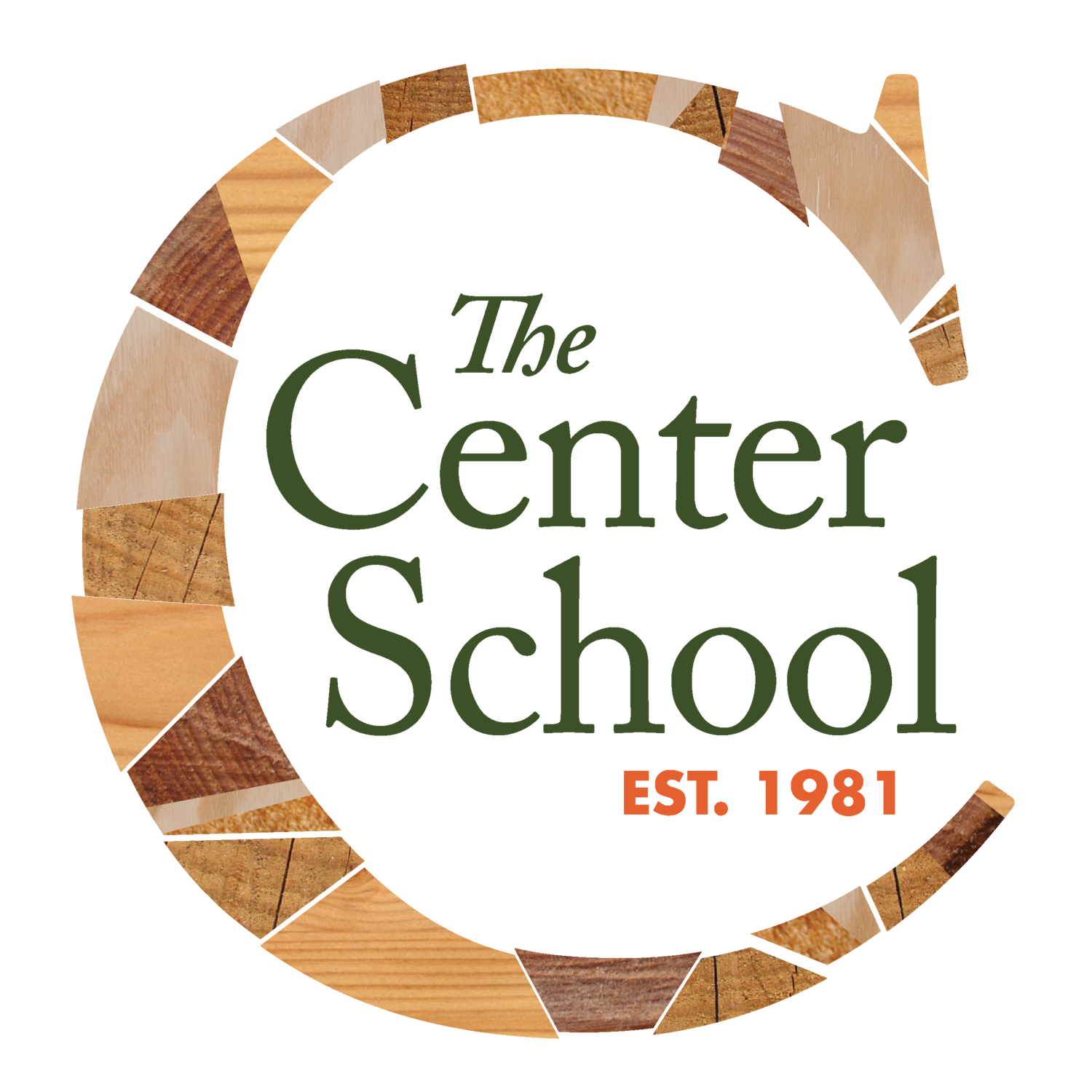Universal Design in a 3 Year-Old Preschool Classroom
In preparation for the upcoming school year, the preschool and K-1 teams met to discuss the role of visual aids within a Universal Design framework. How can we best utilize visuals as a tool to make the classroom environment, materials, routines, and expectations more accessible to our students? In the Puzzle Primes classroom, the visual systems we’ve developed in response to this conversation are designed to encourage engagement and participation, as well as provide opportunities for autonomy.
We’ve spent our first several weeks at school familiarizing students with life as a Puzzle Prime. We’ve observed how the students have used the visuals in our classroom to connect with and feel ownership towards all of the newness they’re experiencing.
The following are several examples of how and when we use visuals in the Puzzle Primes classroom:
Where Does This Go?
As we considered how to make our classroom and daily routines more accessible for student participation, one of our first conversations was centered around gear storage in cubbies. What is a developmentally appropriate expectation for student participation in maintaining a tidy space for their belongings? The Puzzle Primes interact with their cubbies primarily during meal times and transitions in or out of the classroom. These periods of time can often be highly dependent on adult support, with grown-ups dropping off belongings in the morning, and teachers locating gear for students throughout the day. This year, the visual systems we’ve put in place for gear and food storage have really shifted how students relate to their belongings. It offers an opportunity for independence as the Puzzle Primes navigate through routines.
What is Open?
Students can refer to this chart to determine what parts of the classroom are available for them to use. This has been a helpful tool for communicating expectations during transitional parts of our day. For example, while we’re preparing to go outside, students who are waiting can look to the chart and see that “books” are open. This concrete visualization helps students self-direct to waiting with a calm body on the brown rug. It provides an opportunity for deliberate, independent decision making.
Bathroom Checklist
On our bathroom door we have a bathroom checklist for the Puzzle Primes to use after they are done using the bathroom. It's a great way to teach some autonomy around bathroom use. If they want to, the Puzzle Primes can give themselves a ‘check’ or make a little mark by their picture if they have tried/gone to the bathroom. Giving themselves a check often makes kids feel proud and like they have accomplished something. We’ve found this works well as an incentive and eliminates some of the power struggle around bathroom use.
Question Wall
In our classroom we have a wall that we call our question wall. This is a space for the Puzzle Primes to answer different questions throughout the year. Each child is featured on our wall with a speech bubble coming from their image. This week our question is “What do you love to do with your body?”. This question comes from the book we have been reading this week, “Every Body”. The question wall often prompts conversation between Puzzle Primes during meal time about themes we’ve been exploring as a class.



